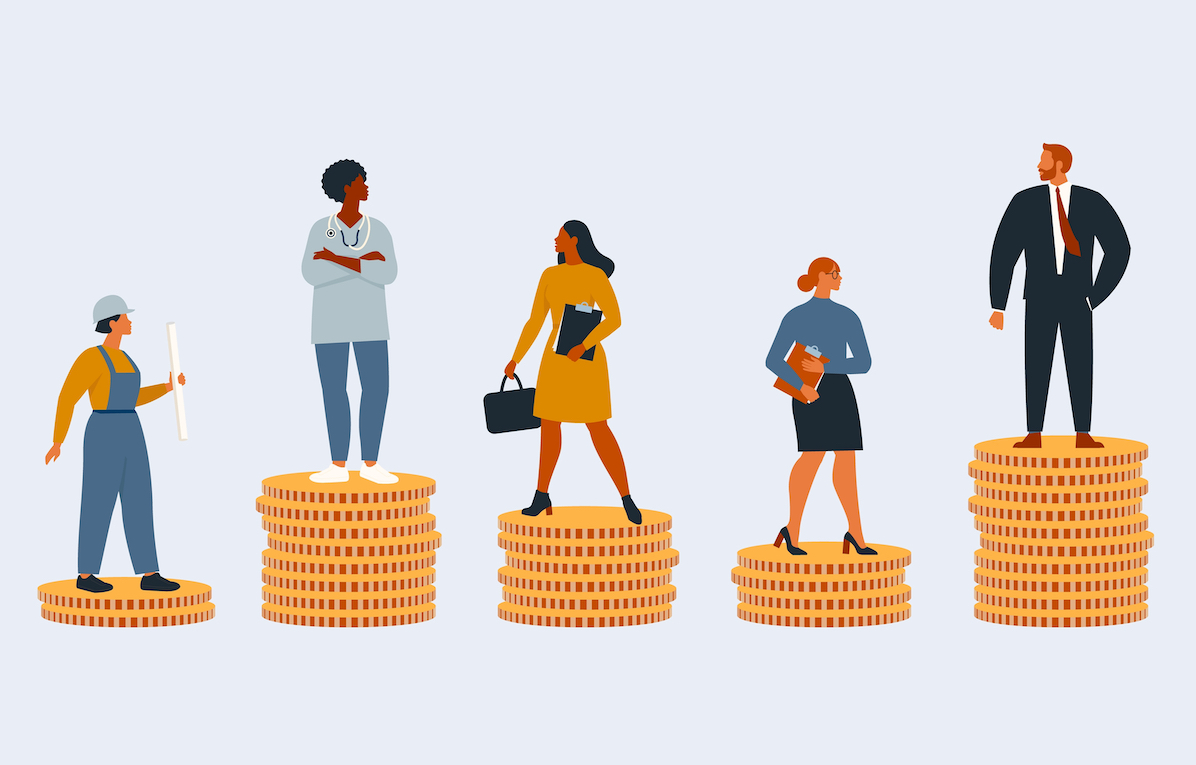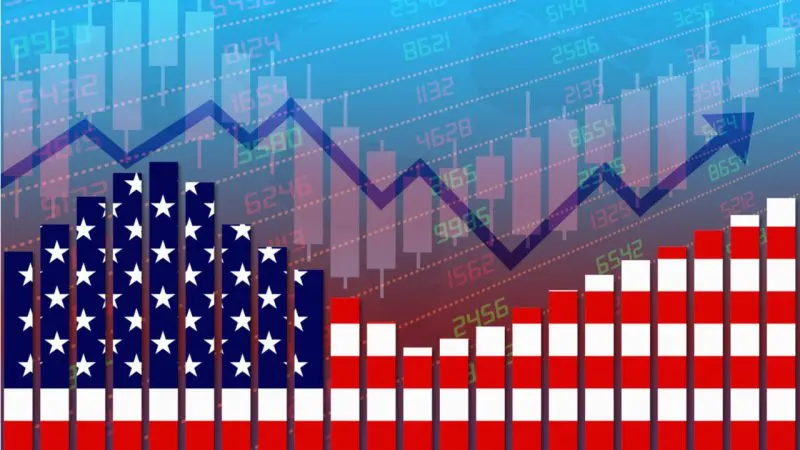The Neurochemistry of The Teenage Brain

April 24, 2023
During our teenage years, usually between the ages of 10 to 24, our brain undergoes important chemical changes. Maturation and growth occurs. The changes in our brain during this time alters our reasoning, attention, decision making, how we relate to others, and overall the way we think.
Two major processes happen in our brain during adolescence: Synaptic Pruning and Myelination.
So, what the heck are these processes happening in our brain? Synaptic Pruning and Myelination happen at the same time. When we have unused and unnecessary neuron and synaptic connections in our frontal lobe, the brain eliminates these so other neurons and synapses that we use can strengthen. This is Synaptic Pruning. Now, the neurons and synaptic connections that are kept and strengthened are stabilized by being enveloped in white matter. This process is crucial to the growth of neural networks that oversee behavior and the efficiency of the operation of the brain. This is Myelination. These two processes help tune up the adolescent brain and keep it functioning smoothly and also builds more coordination in the brain itself.
Most of the adolescent functioning occurs in the ventral striatum. The ventral striatum is the reward center of the brain. This is where decision-making is based solely on emotions and reward. The tendency of instinctive and impulsive risk-taking behaviors that adolescents engage more in than adults is connected to the ventral striatum.
The prefrontal cortex is another one of the most significant regions of the brain during adolescence growth. It is responsible for the regulation of moderate behavior, control impulses, organization, prioritization, focus, motivation, emotions and connecting actions to rational consequences. The executive functions of the brain are closely associated or linked with the prefrontal cortex. This brain region is rearranged and restructured during adolescence but does not reach full development until the early to mid-twenties.
If you don’t already know, the right hemisphere of the brain is the domain of creativity while the left is for logical thinking. The corpus callosum is a small bundle of nerve fibers that carries messages in between the two hemispheres. This bundle of nerve fibers thickens gradually during adolescence allowing the integration of logic and creativity to improve. Teenagers become more self-aware and have a better fusing or meshing of experience and memory into decision-making.
Do you ever wonder why teenagers are more emotional and more reactive to stress and rewards? Well, it’s because in the limbic system, dopamine (a neurotransmitter associated with pleasure) and serotonin (a neurotransmitter that helps regulate body temperature, mood, and behavior) levels change. In adolescence, when dopamine activity increases, excitement, recklessness, risk-taking, and reward-seeking urges are produced but when serotonin comes in, it calms everything down and soothes stress.
Adolescence is a roller coaster ride of emotions, growth and confusion. So hopefully this article helped shed some light on the fundamentals of what is happening to our brains during this time.
Sources:
https://www.oohctoolbox.org.au/brain-neurochemistry-adolescence















